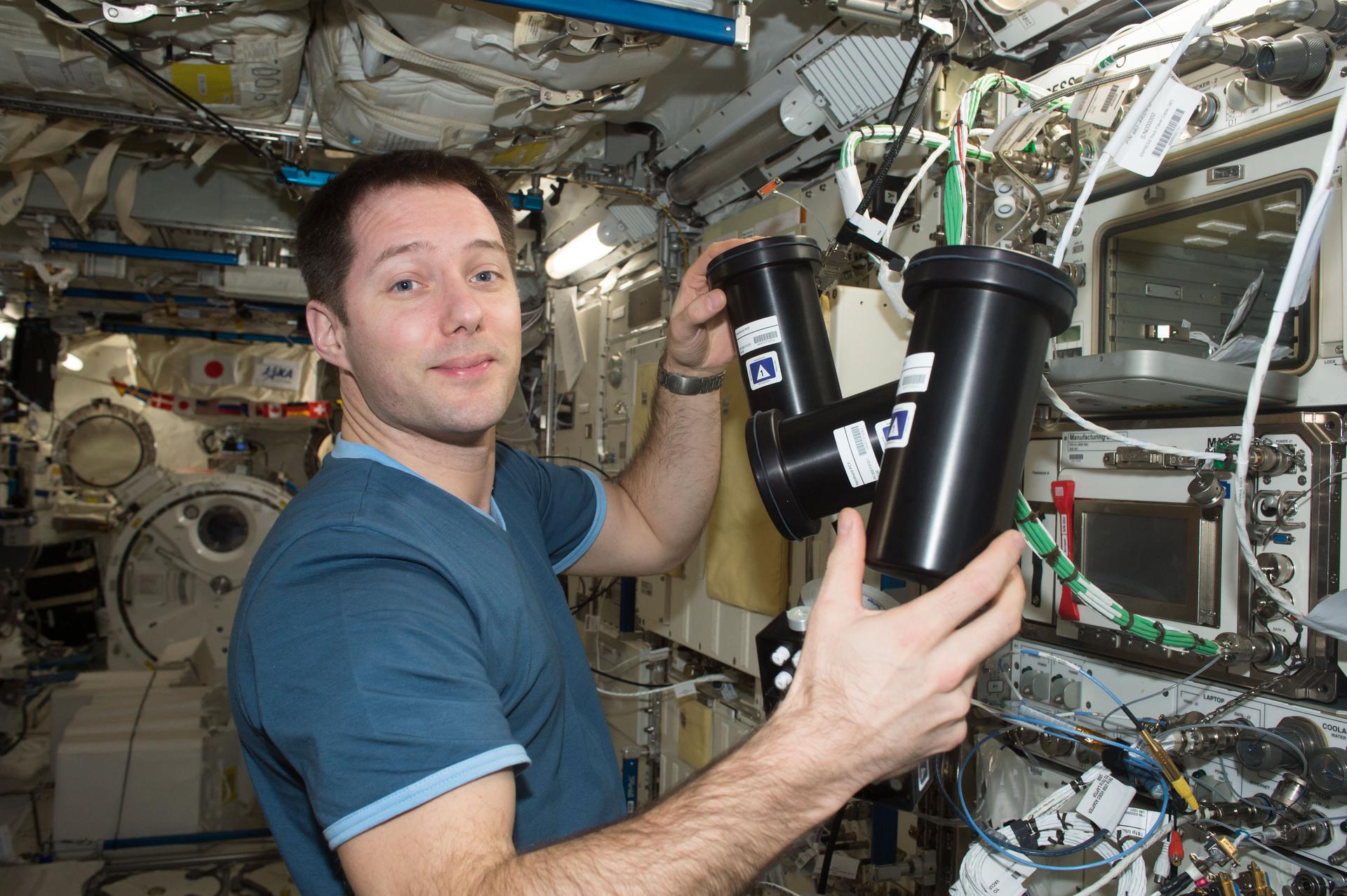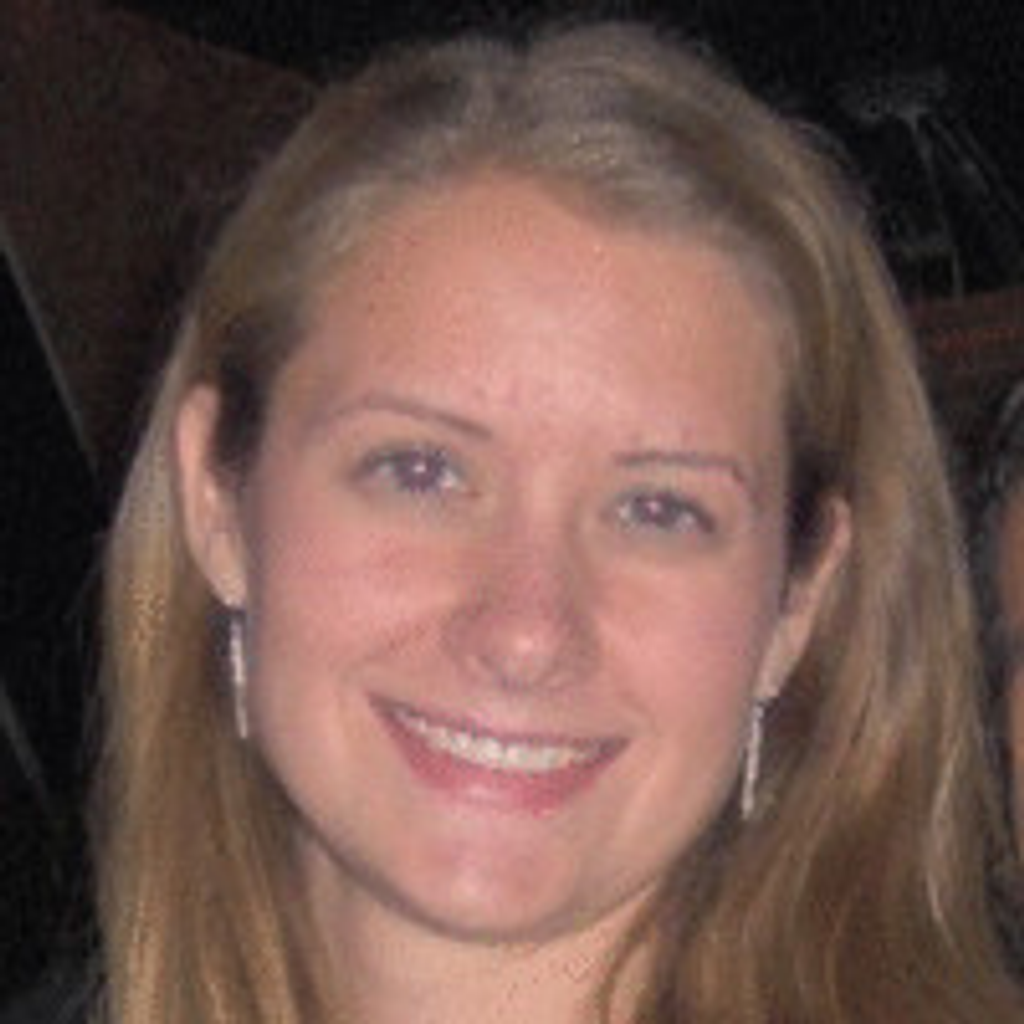ISS Daily Summary Report – 5/07/2024
Boeing CST-100 CFT: NASA, Boeing, and ULA are targeting NET Friday, May 10 for the next CFT launch opportunity after yesterday’s launch scrub. More to come on the forward plan in the next day or so.
Payloads:
AstroPi: Following the conclusion of the science activities, today the crew removed the AstroPi from the Window Observational Research Facility (WORF) and mounted it back in its nominal Columbus location. There are two augmented Raspberry Pi computers (called AstroPis) on the ISS. Both are equipped with sensors to measure the environment inside the space station, detect how the station moves through space, and pick up the Earth’s magnetic field. One AstroPi is equipped with an infrared camera, and the other has a standard visible spectrum camera. The AstroPi Visible camera version was used for the recent science activities in WORF.
International Commercial Experiment (ICE) Cubes: The crew gained access to the ICE Cubes facility and cleaned the mesh areas in the airflow pathways. More information on this facility can be found here.
Omics Archive: The crew gathered biological samples in support of the Omics Archive investigation. This is part of the Flight Day 30 set of sample collections. More information on Omics Archive can be found here.
Sleep in Orbit: The crew concluded the overnight science session, took photos of the science hardware, and transferred the data. More information on this experiment can be found here.
Transparent Alloys (TA): The crew installed the TA science hardware into the Microgravity Science Glovebox (MSG), and later installed the first of the science cartridges to be processed. The Transparent Alloys instrument uses plastic samples contained in a transparent sample cartridge which can be heated/melted, and then cooled/solidified in a controlled way. Sample materials are translucent when in a molten state, but opaque when in a solidified state.
Wicking in Gel-Coated Tubes (Gaucho Lung): The crew set up science hardware used in a previous experiment and took photos to document the current configuration. The goal is to capture photos that clearly depict if oil residue and/or air pockets are present in specified locations within this science hardware. More information on Gaucho Lung can be found here.
Systems:
Water Recovery System (WRS) Catalytic (Cat) Reactor Remove and Replace (R&R) Preparations: In preparation for the Cat Reactor R&R tomorrow, the crew performed several preliminary tasks. These tasks included the gathering of Cat Reactor On-Orbit Replacement Unit (ORU) hardware, the temporary disconnecting of the UTS, and reconfiguring the treadmill and WRS rack front for WRS rack rotation. The Cat Reactor is responsible for introducing oxygen into the system and oxidizes the organics in the waste water.
Urine Transfer System (UTS) Offload EDV Swap: Today, the crew swapped the EDV in the offload EDV spot of the UTS. The main objective of the UTS is to provide automated control of urine flow from Toilet System and Waste Hygiene Compartment (WHC) or from external storage containers into the Urine Processor Assembly (UPA) Wastewater Storage Tank Assembly (WSTA).
Regenerative Environmental Control and Life Support System (ECLSS) Recycle Tank Drain/Fill: The crew set up the recycle tank to drain via the UPA Fill Drain Valve into a Brine EDV using the UTS. Following the setup, the ground performed the tank drain using the UTS. Once the ground specialists completed the transfer, the crew verified the recycle tank was empty, terminated the drain, repositioned the fill/drain valve to force fill the recycle tank using UTS, and configured for nominal processing operations.
Potable Water Dispenser (PWD) Sample Analysis Operations: The crew performed periodic water sampling by collecting water samples from the PWD for in-flight and post-flight analysis. In-flight samples were used to perform a Total Organic Carbon Analyzer (TOCA) analysis that measures the amount of organic constituents in the potable water. The crew also tested the water samples for the presence of Coliform bacteria utilizing a Coliform test bag. These tests are used to determine if the drinking water is still safe for crew consumption.
Ultrasound Venous Thromboembolism (VTE) Exam: The crew used the ultrasound device to perform a VTE scan. This routine medical exam utilizes existing on-orbit eye exam ultrasound hardware for imaging of the neck, clavicle, shoulder, and behind the knee. VTE scans utilize a different frequency than the eye exams. VTE is a condition that occurs when a blood clot forms in a vein. On Earth, this VTE is usually due to bed rest or sitting too long without moving, such as during travel; however, in space, VTE can be caused by distension and alteration of vascular structures due to fluid shifts, changes in red blood cell counts on-orbit causing blood viscosity changes, or stress.
Brine Processor Assembly (BPA) Maintenance Operations: As part of standard maintenance, the crew replaced the BPA bladder and inlet air filter. The bladder holds the brine that is being processed while the inlet air filter reduces unpleasant odors being released into the cabin. The addition of the BPA allows the ISS to recover 97% of crew consumed water.
Look Ahead Plan
Wednesday, May 8 (GMT 129)
Payloads:
- Fluids Integrated Rack/Flow Boiling and Condensation Experiment (FIR/FBCE) – Power Cable Wanted Poster
- KEyence Research Microscope Testbed (KERMIT) Vortex Mixer Checkout
- Omics Archive
- Radio Frequency Identification (RFID) Smart Sensing Power cycle
Systems:
- WRS Cat Reactor R&R
- Intermodule Ventilation (IMV) Flow Measurement Survey
- NG-20 Cargo Transfer Operations
- Extravehicular Activity (EVA) Battery Charge Terminate
- Temperature and Humidity Control (THC) IMV Flow Measurement Survey
- Safety Video Survey Remediations



























